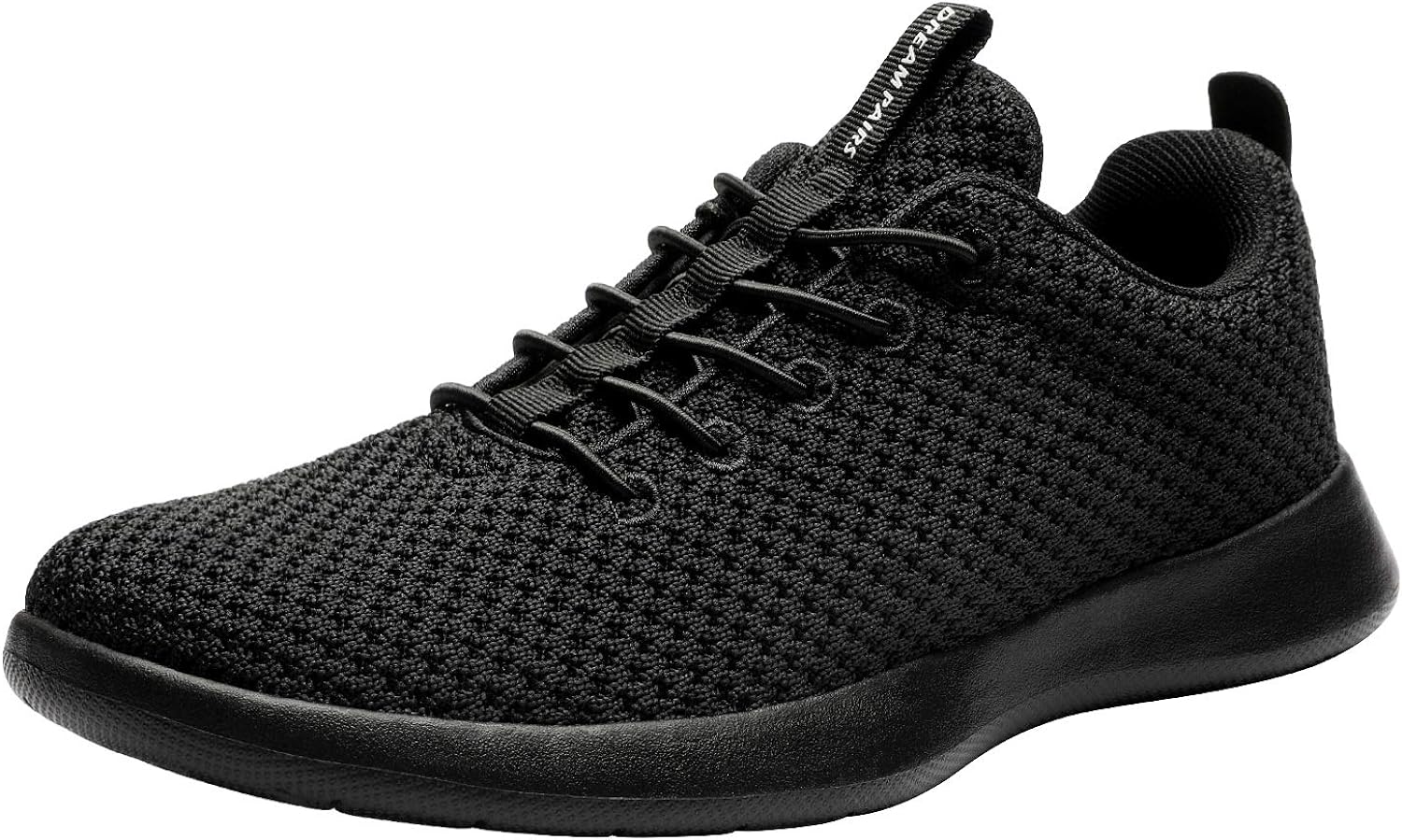What Shoes Are Suitable for Plantar Fasciitis?

Oh, that nagging heel pain! If you’re someone who suffers from plantar fasciitis, you know how frustrating and debilitating it can be. That sharp, stabbing sensation in your heel can make even the simplest tasks, like walking or standing, feel like a real ordeal. But here’s the thing – your shoes can greatly alleviate or worsen your plantar fasciitis symptoms. And trust me, finding the proper footwear can be a total game-changer.
So, what exactly is plantar fasciitis, you ask? Well, it’s an inflammation of the thick band of tissue (the plantar fascia) that runs across the bottom of your foot, connecting your heel bone to your toes. This inflammation can be caused by various factors, including excessive strain, repetitive impact, tight calf muscles, or even something as simple as being on your feet for prolonged periods.

You might be thinking, “But I’ve tried all sorts of remedies, and nothing seems to help!” Don’t worry, my friend – We’ve got your back (or your heel?). Today, we will check out some plantar fasciitis-friendly shoes to help you find some sweet relief.
Factors to Consider
Before we get into the nitty-gritty of shoe types, let’s talk about what to look for in a good pair of plantar fasciitis shoes. Here are the key factors to keep in mind:
- Arch Support: This is like the Holy Grail for plantar fasciitis sufferers. Proper arch support helps distribute your weight evenly across your foot, reducing the strain on that pesky plantar fascia. Look for shoes that have a contoured footbed or removable insoles, so you can add extra arch support if needed.
- Cushioning: Imagine your feet wrapped in a cozy little cloud – that’s the level of cushioning you want. A well-cushioned midsole and heel area can help absorb the shock of each step, minimizing the impact on your poor, inflamed plantar fascia.
- Heel Counter: This is the fancy term for the rear part of the shoe that cups your heel. A firm heel counter provides stability and prevents excessive rear foot motion, which can aggravate plantar fasciitis.
- Removable Insoles: This feature is a game-changer if you use custom orthotics or supportive inserts. Swapping out the stock insole for something more specialized can make a difference.
Our Recommendations For Plantar Fasciitis Shoes
You can find different footwear brands that offer plantar fasciitis shoes and one of them is DREAM PAIRS. DREAM PAIRS sells a wide range of arch support flats and heels made of sustainable materials for standing all day. With DREAM PAIRS plantar fasciitis shoes and a little patience, you can find relief and get back to doing the things you love without that nagging heel pain holding you back. Taking care of your feet is an investment in your overall health and well-being. So treat those tootsies to a fancy new pair of plantar fasciitis shoes from DREAM PAIRS. Your feet (and your heels) will thank you!
Everyone’s feet are different, so what works for one person might not work for you. Be bold and experiment with other shoes and styles once you find the perfect fit. If you’re ever feeling overwhelmed or unsure, consult with a podiatrist or physical therapist – they’ll be able to guide you in the right direction and provide personalized recommendations.
7 Best Shoe Types for Plantar Fasciitis Relief
Now, let’s get to the good stuff – the shoe types that can help you kiss that heel pain goodbye:
1. Wide Fitting Comfortable Heels
Who says you can’t look stylish and feel good simultaneously? A well-designed pair of wide-fitting, comfortable heels can be a plantar fasciitis sufferer’s best friend. Look for a wide toe box to prevent cramping and cushioned insoles to pamper your feet. Just remember to moderate the heel height – you don’t want to strain that angry plantar fascia too much.
2. Wide Fitting Trainers
Regarding plantar fasciitis, trainers are like the superheroes of shoes. They offer excellent cushioning, arch support, and motion control – a trifecta of plantar fasciitis-fighting power. Plus, with a wide fitting, your toes won’t feel like they’re being squeezed into a torture device.
3. Supportive Sandals and Slides
Warm weather doesn’t mean you have to suffer. Look for sandals and slides with contoured footbeds and arch support. Finding a pair with shock-absorbing soles to cushion your steps and prevent further inflammation is critical.
4. Roomy Dress Shoes
Just because you need to look sharp for work or a fancy occasion doesn’t mean you have to sacrifice comfort. Invest in dress shoes with removable insoles to swap in your custom orthotics or supportive inserts. And don’t forget to look for cushioned soles and arch support – your feet will thank you.
5. Hiking Boots or Trail Shoes
If you’re outdoorsy, you’ll want footwear that can handle the rugged terrain while keeping your plantar fasciitis in check. Look for hiking boots or trail shoes with excellent traction, cushioning, and sturdy ankle support. Your feet will be ready to conquer any trail blister-free.
6. Supportive Slippers
Yes, even your at-home footwear matters! Ditch those flimsy slippers and pair them with contoured footbeds and cushioned support. Your feet deserve to be pampered, even when lounging around the house.
7. Orthopaedic or Therapeutic Shoes
If you’re dealing with severe plantar fasciitis or have other foot issues, it might be worth investing in a pair of orthopaedic or therapeutic shoes. These specialized shoes are designed with optimal support, cushioning, and stability, helping alleviate pain and prevent further injury.
Tips for Finding the Right Fit
Now that you know the shoe types to look for, here are a few tips to help you find the perfect fit:
- Get Properly Fitted: This can’t be emphasized enough. Visit a reputable shoe store and have your feet properly measured by a knowledgeable staff member. They can assess your foot shape, arch type, and other unique needs to help you find the right size and style.
- Replace Shoes Regularly: Even the best shoes will only last a while. Make sure to replace your plantar fasciitis-friendly shoes every 6-12 months (or sooner if you notice significant wear and tear). Worn-out shoes won’t provide the support and cushioning you need.
- Break In New Shoes Gradually: As tempting as it might be to wear your new kicks every day, resist the urge! Break them in slowly to avoid putting too much strain on your feet and causing further inflammation.
- Consider Custom Orthotics or Inserts: If you’re still struggling with plantar fasciitis symptoms, talk to your podiatrist or physical therapist about custom orthotics or supportive inserts. These can provide an extra level of personalized support and cushioning.










